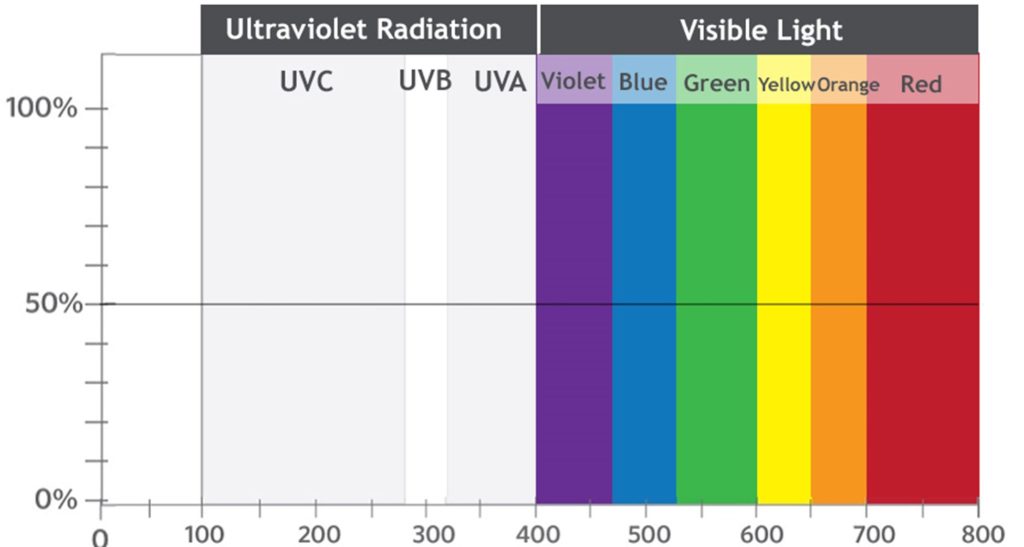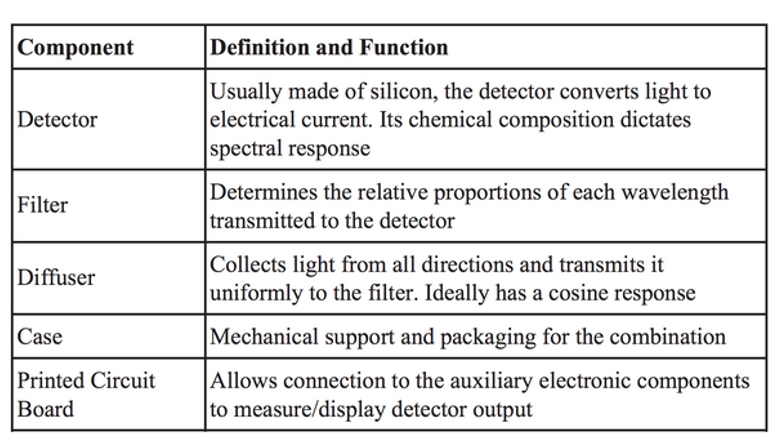Unlike visible light, which ranges between 380 nm and 780 nm, ultraviolet (UV) light wavelengths measure between 100 nm to 400 nm. UV is broken into subcategories known as UVA, UVB, or UVC.
While UVC rays are the shortest and strongest, naturally occurring UVC rays are mostly absorbed by the atmospheric ozone layer, so they do not impact human skin. In contrast, UVB rays come in contact with the outer layer of the skin and UVA radiation penetrates deeper into the skin.
Melanoma is the deadliest form of skin cancer and its incidence has tripled over the past 30 years in the US. According to the American Academy of Dermatology Association, most melanoma cases are attributable to UV exposure.
Image source: Action Services Group
With all the wearable devices offered today, it should be no surprise that a wearable UV sensor is a hot topic. For example, the Violet Plus wearable from Ultra, Inc. has built-in UVA and UVB sensors to track all-day sun exposure. It can be used with or without a smart phone. As a standalone device, the device’s lights indicate how much time the wearer can spend outside and it gives vibration alerts before the wearer receives too much UV light.
Beyond healthcare, UV sensors are used in a wide range of applications, including fire detection, industrial manufacturing, biochemical research, light sources, and environmental and structural health monitoring. Table 1 from Shade shows the primary components of a UV sensor.
A traditional electrical UV-light sensor consists of a sensitive photodiode that generates a photocurrent when exposed to UV light. For easier detection, the current is converted into a voltage signal and amplified. The sensing element, the photodiode, is commonly based on silicon.
Another type of UV sensor employs fiber optics with functionalized coatings that emit luminescent light in the visible spectrum when exposed to UV radiation. The visible spectrum light is detected by an inexpensive photodiode, so filtering is not required. With immunity to electromagnetic interference (EMI) and higher robustness, they are often used for remote sensing.


